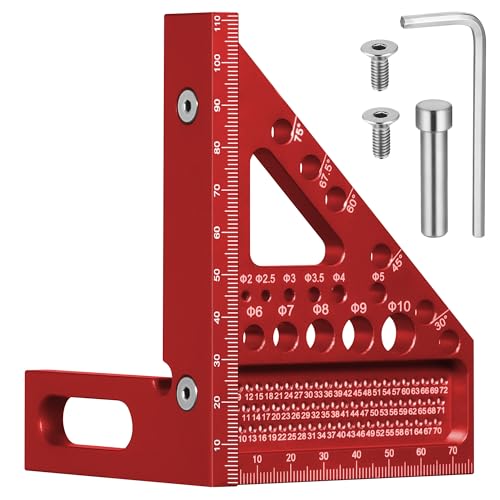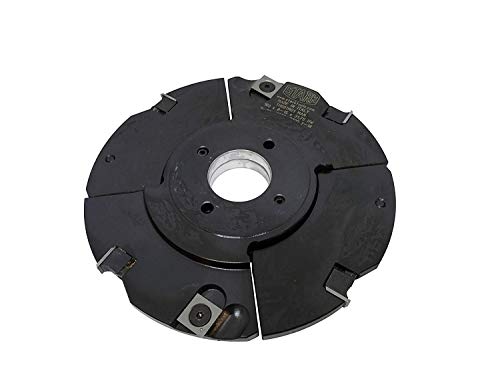Good evening all
I’m tasked with making a curved top window. Difference is that it doesn’t need to open so have come up with the below profile where the glass is held in from outside with the 1cm thick chamfered piece (to get a good paint adherence for weatherproofing) client wants to go double glazed which at this size is pretty thick.
My question is how to create this profile (in brown, drawing is to scale) - I have a router table table saw etc but am considering a spindle moulder.
Can this be done in a few passes on a spindle moulder? If it were straight the table saw would be fine but not for the top curve. And I suppose ultimately would it be safe to do?
(Forget the roundover/ and chamfer I can do this on the table)
Very grateful for the collective wisdom as want to be able to quote the job.
Thanks all

I’m tasked with making a curved top window. Difference is that it doesn’t need to open so have come up with the below profile where the glass is held in from outside with the 1cm thick chamfered piece (to get a good paint adherence for weatherproofing) client wants to go double glazed which at this size is pretty thick.
My question is how to create this profile (in brown, drawing is to scale) - I have a router table table saw etc but am considering a spindle moulder.
Can this be done in a few passes on a spindle moulder? If it were straight the table saw would be fine but not for the top curve. And I suppose ultimately would it be safe to do?
(Forget the roundover/ and chamfer I can do this on the table)
Very grateful for the collective wisdom as want to be able to quote the job.
Thanks all





















